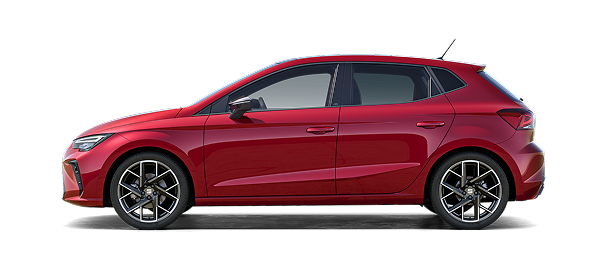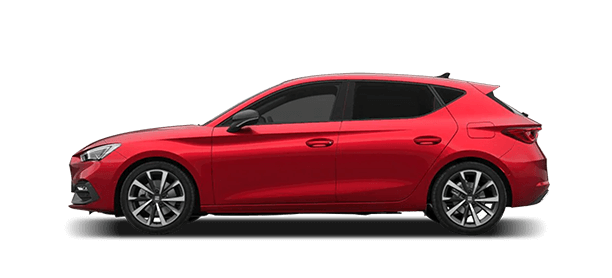NEDC vs WLTP:
A comparison
Longer distances, shorter idle times: WLTP puts the testing procedure for a vehicle’s measuring fuel consumption and CO2 emissions to the test. This is how the driving cycles differ.
NEDC:
The standardised NEDC applies for all passenger vehicles and light commercial vehicles. It was introduced by the European Union in 1992 in order to provide comparable values for fuel consumption. The following overview shows you the framework on which these measurements are based.
WLTP:
The Worldwide Harmonized Light-Duty Vehicles Test Procedure or WLTP is a worldwide standard for testing passenger vehicles and light commercial vehicles. As of 1st September 2017, it aims to provide more realistic consumption specifications with its considerably more dynamic testing parameters.
Goals of the new measurement procedure
The WLTP driving cycle redefines the testing parameters for determining fuel consumption and exhaust emissions.
Improved Transparency:
In the future, a new testing procedure will aim to better assess a vehicle’s actual day-to-day fuel consumption.
WLTP utilises a profile deemed to be more similar to actual day-to-day usage than the previous NEDC standard. This approach is similar to a laboratory test and primarily serves to enable comparisons between different vehicles without realistically reflecting the actual consumption. Whereas the consumption values were previously measured under abstract laboratory conditions, the new procedure now aims to offer a more precise prognosis of the vehicle’s actual consumption thanks to improved test parameters. WLTP aims to simulate realistic vehicle behaviour in order to achieve far more realistic results.
Comparable testing results:
The WLTP standard ensures comparable test results worldwide.
One of the primary objectives of the WLTP approach is to provide a standardised means of determining exhaust emissions and energy consumption for different engine systems such as petrol, diesel, CNG (Compressed Natural Gas) and electric. Vehicles of the same type must deliver the same test results everywhere in the world when the WLTP measurement procedure is followed correctly. This necessary comparability is also why laboratory measurement is essential.
For this reason, the fuel consumption and emissions are analysed on the roller dynamometer with a dynamic driving profile.
Climate protection:
The new consumption information aims to help achieve international climate targets and reduce the burden on the environment. CO2 reduction is a key aspect of vehicle development. WLTP enables the compliance with international CO2 limits to be checked and documented.
In 2010, the EU alone produced 4.72 billion tons of CO2 emissions. 19% was produced by motor vehicles*. In view of this, the European Union intends to reduce emissions by 20% by 2020**. The European Union hopes that this goal will be achieved with the help of WLTP.
Just like fuel consumption, the CO2 emissions of a vehicle depend on the specific model. WLTP creates greater transparency when comparing the energy consumption and CO2 emissions of different vehicles. This makes the measurements independent of the manufacturer and vehicle type. They also tend to be higher than the NEDC cycle. As a consequence, individual models and their engines will be further engineered with a view toward climate protection.














